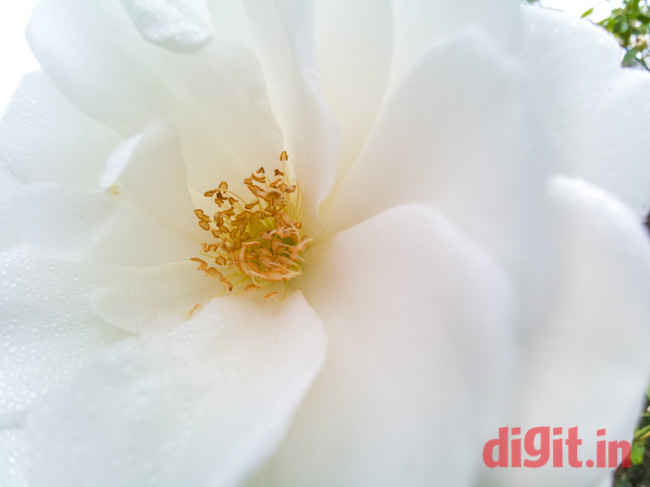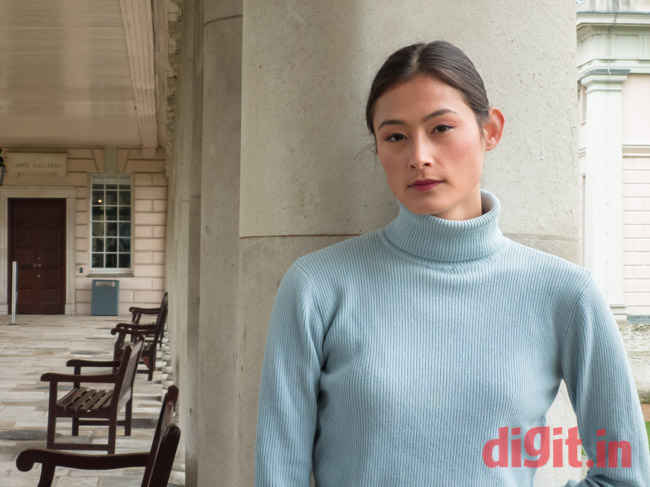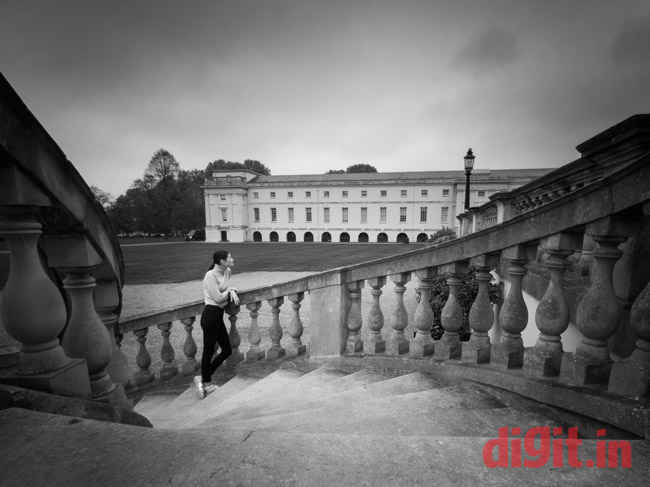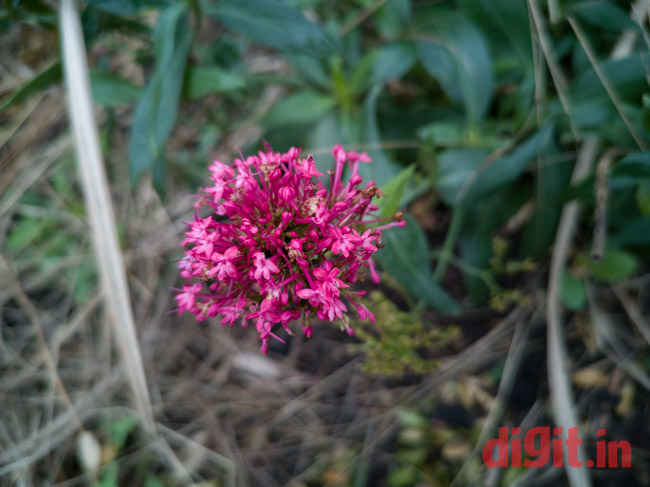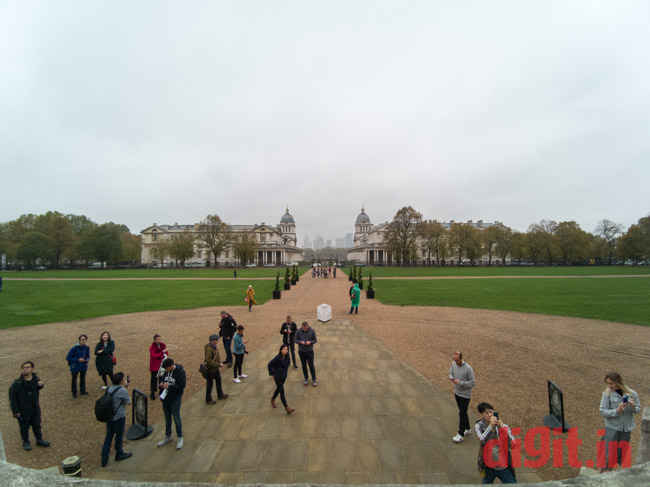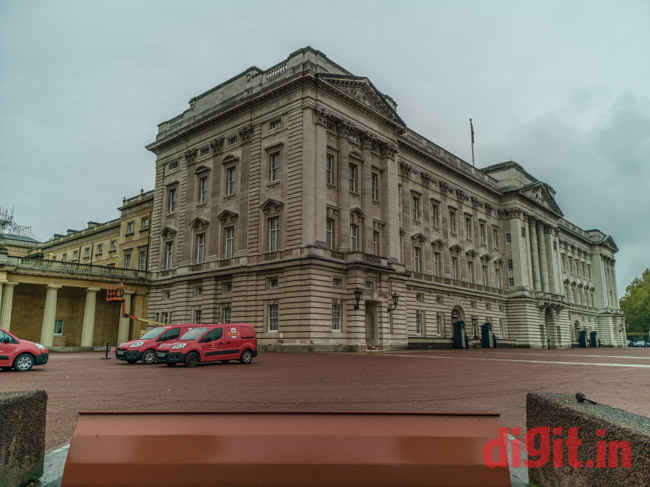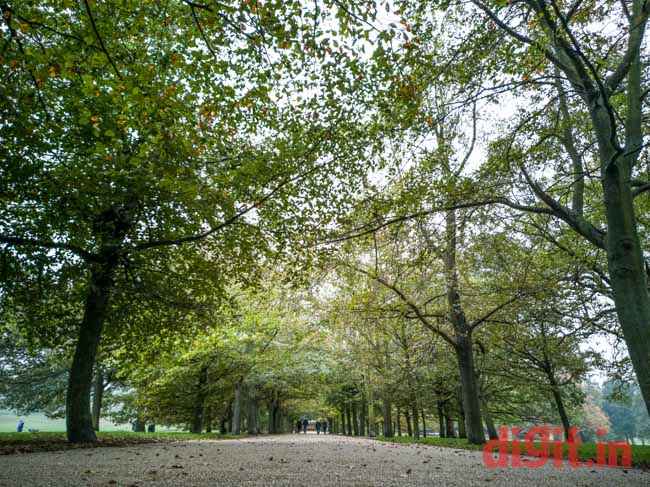Huawei Mate 20 Pro camera samples: Triple camera setup tested across 50 photos
The Huawei Mate 20 Pro sports three cameras but this time, the company has dropped the monochrome sensor in favour of an ultra-wide camera
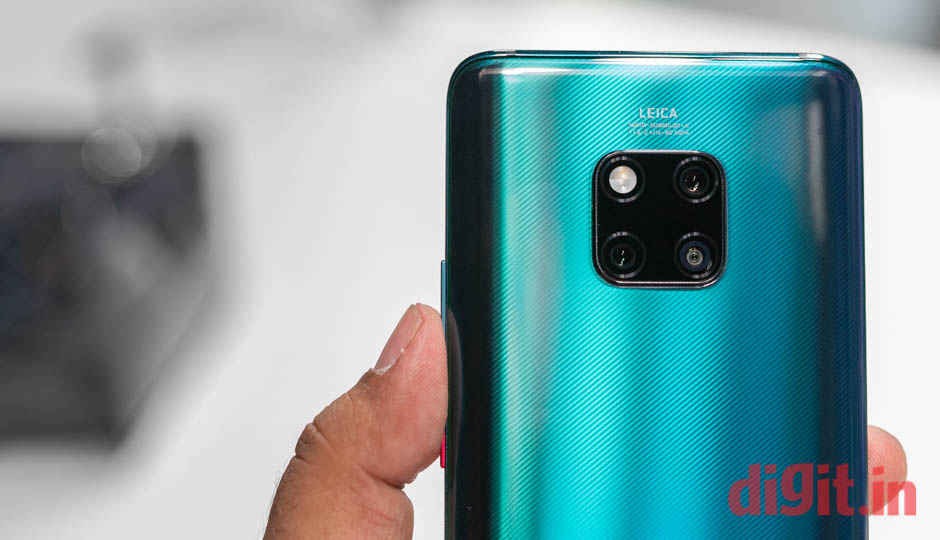
Huawei announced the Mate 20 Pro earlier last month at an event in London and today, the phone is set to launch in India. We've had the smartphone for some time and spent an extensive amount of time testing the camera. The new configuration does feel more versatile, but our concern was that with Huawei dropped the f/1.6 lens complimenting the monochrome sensor, would the image quality be impacted in any way? We shot plenty of photos around London and in New Delhi to see how the new imaging stack holds up against our expectations.
 Survey
SurveyHuawei Mate 20 Pro Camera Specifications
Huawei’s Mate 20 Pro boasts of a three-camera setup on the back, which is just one of the many highlights of this phone. The imaging setup features a 40-megapixel sensor which has a physical size of 1/1.7”. This is mated to a 27mm lens with an aperture of f/1.8 for maximum light collection. The secondary imaging sensor has a resolution of 20-megapixels with a lens that offers a 16mm ultra-wide-angle view and an aperture of f/2.2. The third sensor has an 8 Megapixel resolution and offers a 3x optical zoom lens at 80mm f/2.4. All three lenses have been manufactured by Leica and are the real show-stopper of this imaging stack. It was very interesting to see Huawei drop the monochrome sensor, a signature Huawei offering, in favour of an ultra-wide camera, a first for the company.
Shooting with the Mate 20 Pro
The Huawei Mate 20 Pro stock camera app is where you will find the most exhaustive access to everything the smartphone camera can do. Besides offering an auto-mode, there’s a Pro mode which unlocks the sensors’ full potential, along with other usual suspects such as Hyperlapse, Timelapse, slow-motion (for video), Portrait etc. While there is no monochrome sensor on the Mate 20 Pro, there is a monochrome mode which will give you a very similar result. Overall, the hardware on the Mate 20 Pro is just as impressive sounding as the one that made the P20 Pro so popular.
Photo Samples
Before we get into discussing the experience of using the Mate 20 Pro for taking photos, I have to clarify that the unit that was given to us for experiencing the camera was not running the final version of the software and hence, the image quality, we were told, is not final. With that said, here’s everything that I learned about the Mate 20 Pro’s camera setup. All photos were shot during the day with adequate, diffused lighting thanks to overcast skies. You can see some image samples below.
If you’d like to see the full-resolution images which we strongly suggest you do, head over to our Flickr Gallery here.
Image Quality
During the photo walk, we shot all photos in RAW+JPG (at least those that were shot in Pro mode), while some photos, which were shot in Portrait and Monochrome mode were only output in JPG. When looking at all the images (RAW and JPG) in Adobe Lightroom, we discovered that Huawei is applying some very heavy correction to the RAW files in order to generate the final image. RAW images from the Huawei Mate 20 Pro have significant vignette around the edges with a blue cast, which is incredibly difficult to remove or fix in post-production. Maybe is Huawei was to eventually release the lens correction data to Adobe, the issue would be resolved, but we don’t think this will happen given the lack of P20 Pro’s lens correction profile in Lightroom. Secondly, the final JPG file generated by the camera has significant JPG compression, leading to smudging of finer details like texture. Since both these issues are correctable through software, we can only hope it’s something Huawei is working on in the days leading up to the launch of the smartphone.
Shooting with the smartphone at the time was actually a very pleasing experience. The focus was fast and accurate and the image stabilization helped me get blur-free shots even when my hand was shaking. Unfortunately, all the screenshots of the camera interface that I took ended up becoming corrupt during a hasty file-transfer.
Closing Thoughts
Huawei’s Mate 20 Pro is a smartphone that packs an incredible amount of innovation. The triple-camera setup, honestly, is just the icing on a very good cake. However, Huawei has to work on the algorithms they are using to generate the JPG. To see such loss of detail in an image coming from a sensor that should theoretically be delivering plenty of it is a little scary. However, it is still something that is software controlled, so we do expect Huawei to fix this issue in upcoming updates before the phone launches in India this month.
Swapnil Mathur
Swapnil was Digit's resident camera nerd, (un)official product photographer and the Reviews Editor. Swapnil has moved-on to newer challenges. For any communication related to his stories, please mail us using the email id given here. View Full Profile
